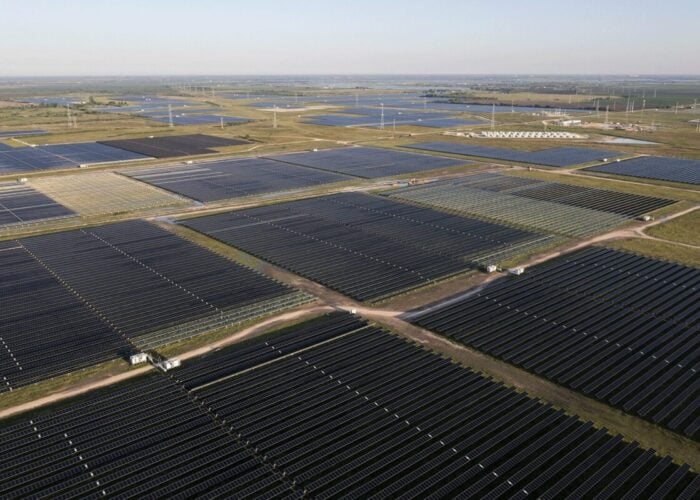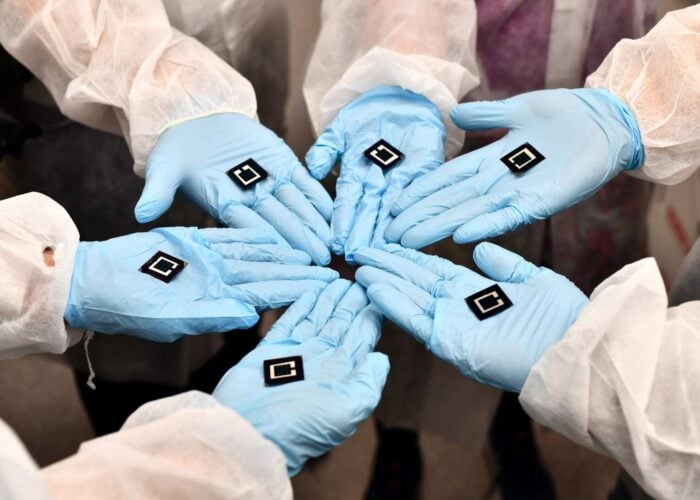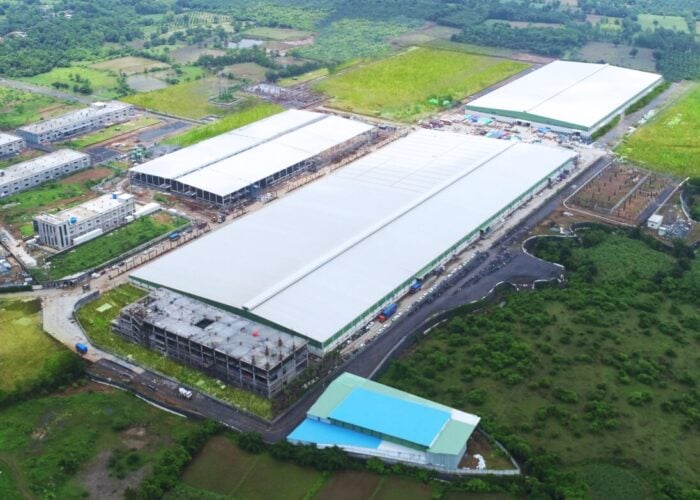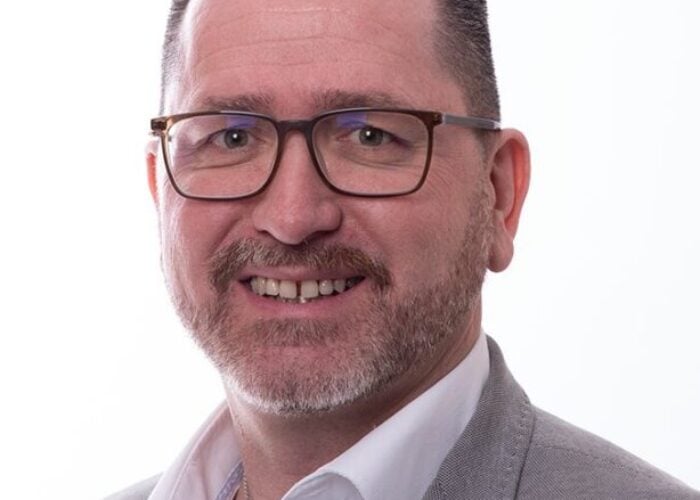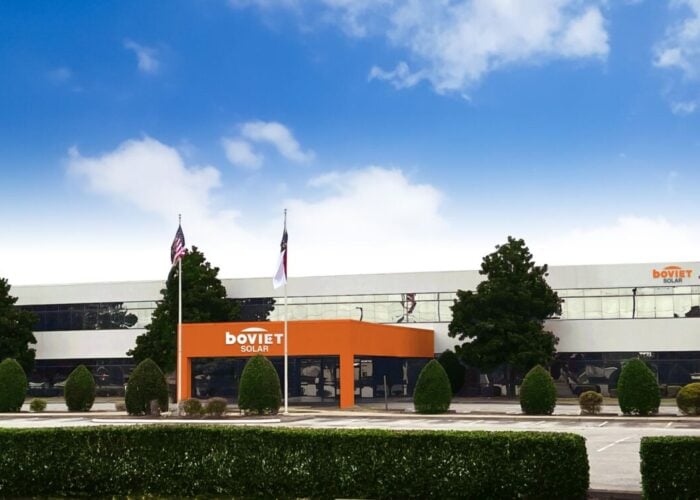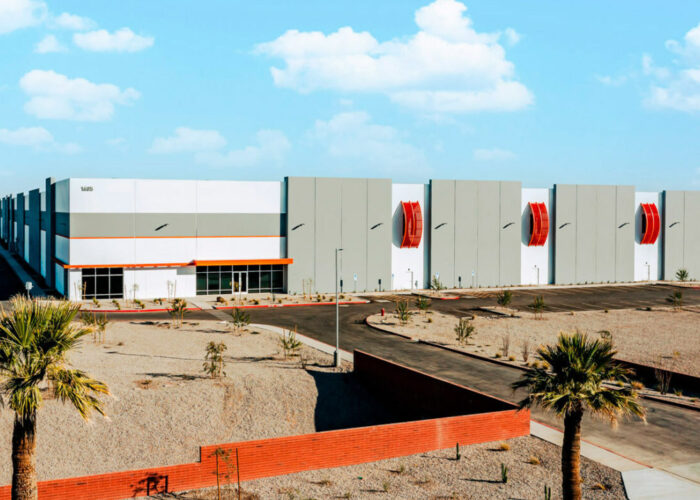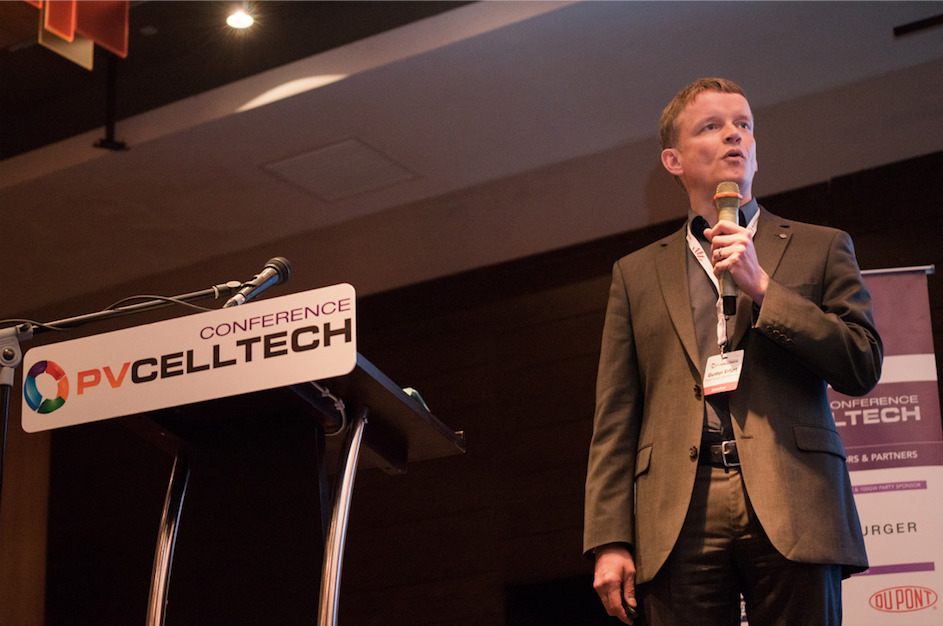
Driving p- and n-type solar cell manufacturing beyond current limitations was a key topic at PV CellTech last week. We caught up with the CTO of leading PV equipment supplier Meyer Burger, Dr. Gunter Erfurt, during the conference, to discuss just how fast the industry is moving.
Meyer Burger has a strong play across the wafer to module value-chain in crystalline silicon manufacturing. Where are the main challenges today for manufacturers, and what is Meyer Burger doing to enable these companies to move to higher efficiencies and lower costs?
Try Premium for just $1
- Full premium access for the first month at only $1
- Converts to an annual rate after 30 days unless cancelled
- Cancel anytime during the trial period
Premium Benefits
- Expert industry analysis and interviews
- Digital access to PV Tech Power journal
- Exclusive event discounts
Or get the full Premium subscription right away
Or continue reading this article for free
Gunter Erfurt: The greatest challenge is finding the right balance between the best, perhaps highest cost solution and the most optimised, balanced solution. It’s a very dynamic process. For instance, as the bulk quality of wafers is being improved, more requirements come up for the passivation of these better performing wafers so we as an equipment manufacturer also have to adjust to meet these requirements.
There are also increasing manufacturing demands on productivity – the throughput increases per equipment unit if you will – which is going up much faster than was foreseen by many of the platforms. This is challenging for both solar manufacturers as well as for equipment manufacturers.
We have our technology roadmaps for planning PV innovations and improvements with impressive champion cells, but in real life the speed of industrialization is increasing at a much faster pace than in the past and this is tied to many challenges for the solar equipment manufacturers. The good news is that all these efforts have one goal in mind and that is driving down production costs and the overall levelised cost of electricity (LCOE).
To summarise, one of the key win or lose games of the future is going to be improved passivation of solar cells to make sure that we get the best output from a solar grade silicon wafer.
A key requirement of heterojunction entrants to the PV industry is getting the entire process flow working. Meyer Burger has invested heavily in R&D efforts with its own pilot-line operations. What have you learned most by operating this line?
Heterojunction definitely keeps the efficiency promise which we have shown with our 24.02% solar cell from a 23.7% on average cell batch and also here, passivation is the key. We have industrialized the heterojunction manufacturing process in recent years. There were two other major hurdles which we also had to tackle in order to successfully achieve the cost-down targets and additional industrialization elements. Firstly, the automation requirements for heterojunction are much higher than for a standard solar cell, because the amorphous silicon layers are so sensitive. This required a lot of engineering work and we have found a very good solution. With this important achievement by our team, tackling the demand for higher productivity tools is no longer a problem.
Secondly, when you have a new technology that is not yet in mass production, it’s very challenging to convince consumable suppliers to cooperate, drive the costs down and get the performance up because they may not yet see the business opportunity. We’ve been working to find big production partners and leading paste manufacturers who are willing to join the heterojunction journey but this has not been easy. Heraeus, for example, announced publicly last year that it would work with us on heterojunction. The combination of superior a-Si passivation and perfectly fitting, cost effective paste systems is an important key to success.
Existing heterojunction paste manufacturers are of course very keen on getting their foot in the door and interestingly enough there are also some new players achieving very good performance. These are companies that nobody has heard of in PV and they are now moving into this business because they see the potential opportunities. That’s another interesting effect, because the more conservative an industry is, the less flexible it becomes and this will open the door for new companies entering into the PV supply chain.
So automation was very challenging, but when we look at the cost structure that we have achieved, it’s already under control and we now have a clear path for how we further drive production costs down.
Meyer Burger has been instrumental in enabling PERC to become adopted across much of the cell manufacturing landscape. What is important in PERC when it comes to PECVD tools?
The challenge with these processes is that companies get used to a certain cost structure in existing Al-BSF technology based standard lines and now they are faced with a requirement to pay capex money to get more process steps in.
Under current industry circumstances this is very challenging so again we have to find the right balance between capex and opex and not shoot for the best superior solution, but for the most optimised one.
This is why the Meyer Burger MAiA platform, the work horse for PERC production, has been so successful. It combines two process steps in one. With our new tool, the FABiA, which stands for front and back inline apparatus by the way, we have combined three process steps in one platform where the competition still needs three individual tools. The FABiA therefore only requires one operator which enhances the manufacturing process even further. By comparison the atomic layer deposition (ALD) process has two additional PECVD tube furnaces for its production process which Meyer Burger has combined into one platform. As a result the factory manufacturing footprint with the FABiA is 50% lower than our competition which is still using individual production tools. We provide solutions that are very slim with optimized performance. That is, if you will, in the DNA of Meyer Burger.
We’re applying the same approach with the next evolutionary upgrade for passivated contacts in order to further differentiate and improve the standard PERC process. We are still in the R&D stage so the tool is not yet fully market-ready but we strongly believe that if a company is able to integrate multiple process steps into a single tool, especially with Meyer Burger’s proprietary horizontal PECVD tool concept, this is the option which should be followed.
I would also wish paste manufacturers to be more active for this next upgrade step for passivated contacts. Currently, the paste to contact the 40-60 nm thick passivation backside layer is the bottleneck and the speed of paste development must be clearly increased. Without it, passivated contact technologies cannot be quickly industrialized.
Passivation, as we’ve discussed, is of major importance. That’s where you really decide whether or not you get up into the next league or not in terms of PV efficiencies.
Erfurt’s pre-show interview can be found here.

